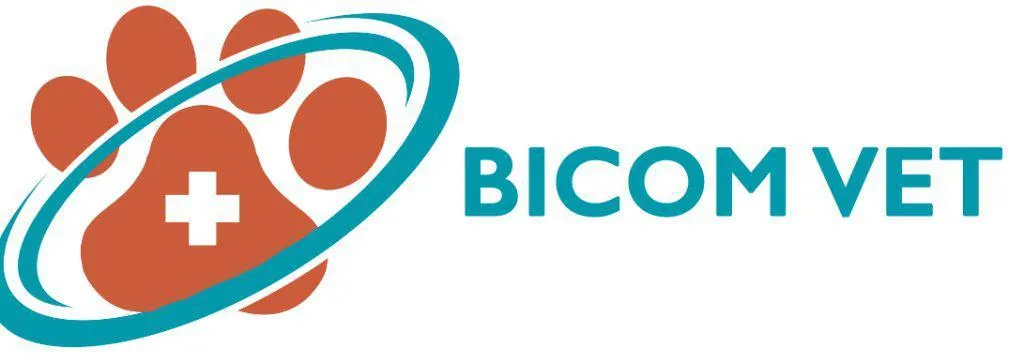
The role of self-healing powers
Custom HTML/CSS/JAVASCRIPT
AUTHOR
Nicole Madsack
Animal naturopath and classic veterinary therapist. Has been working with BICOM® bioresonance for 10 years.
“Helping animals is my passion.”
Every organism has its own regulatory system that is able to compensate for disruptive influences to a certain extent. Too many loads, such as feed additives, chemically contaminated drinking water, environmental toxins, electrosmog, exhaust fumes, allergens, bacteria and viruses can block or even paralyze the self-healing mechanism. The body can no longer defend itself and diseases can develop.
The goal of a BICOM® bioresonance treatment is, among other things, to stimulate the elimination of harmful substances and to activate the self-healing powers.
The animal patients presented to us suffer from a wide variety of symptoms. In order to determine the causes of complaints, a detailed anamnesis is required at the beginning of a bioresonance treatment. After that, pathogenic factors are determined by testing. Based on the results, we create an individual therapy plan. The treatment is then carried out with the BICOM® bioresonance device, whereby the total duration of treatment can vary depending on the severity and duration of the disease.
What is bioresonance?
This bioresonance therapy is both painless and stress-free for the animals. In addition, it is free of side effects and can be easily combined with other forms of therapy.
Search Testimonials
It is important to remember that individual anecdotes and testimonials should not be used as the sole basis for making decisions about medical treatments or therapies.
When it comes to alternative therapies like bioresonance, it is essential to rely on evidence-based research and the advice of trained medical professionals. While some people may have positive experiences with bioresonance for their animals, it is important to approach these claims with caution and seek out reliable information from reputable sources.
Ultimately, the decision to pursue bioresonance or any other alternative therapy for your animal should be made in consultation with a veterinarian or animal health professional who can help you weigh the potential benefits and risks.
Pollen – a nuisance for our animal companions too
Hay fever patients are only too familiar with the problem. Year after year the misery begins in the spring with stinging eyes, runny itchy nose and, in severe cases, with a cough and asthma as well. What is perhaps less well known is that our animals too suffer increasingly from this same medical condition.
Just as with humans, the incidence of allergies is also becoming more frequent in animals. Allergic reactions may be provoked by airborne allergens such as pollen, house dust and house dust mites, amongst other factors. Food intolerance is also on the increase, however, and represents a distressing problem for the affected animals.
Now, in spring, as it gets warmer, allergic animals are all suffering as well. With animals it is mainly their skin which itches or else their
noses run more and they occasionally sneeze. Changes in their coats and reddening of the skin are often noticed in the face, feet and ears. These areas often display bloody claw marks and develop into very painful weeping eczema, indicating the severity of the irritation.
This type of problem in animals can be treated with the allergy programs pre-loaded in the Bicom device.
Dr. med. vet. C. May

Facebook
Instagram
Mail